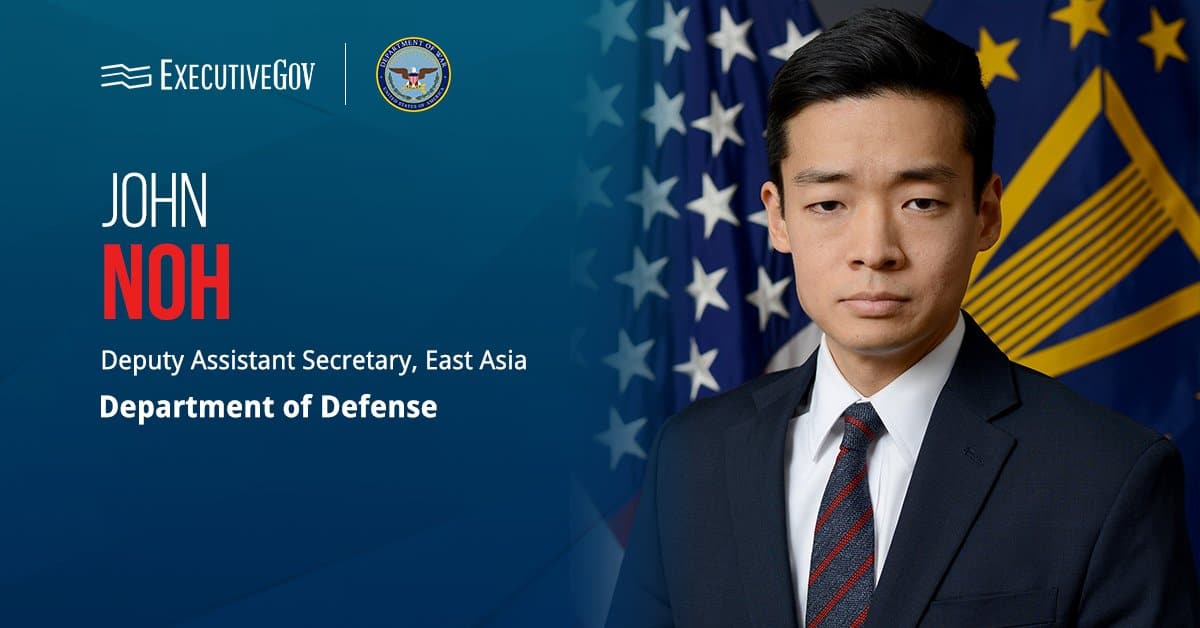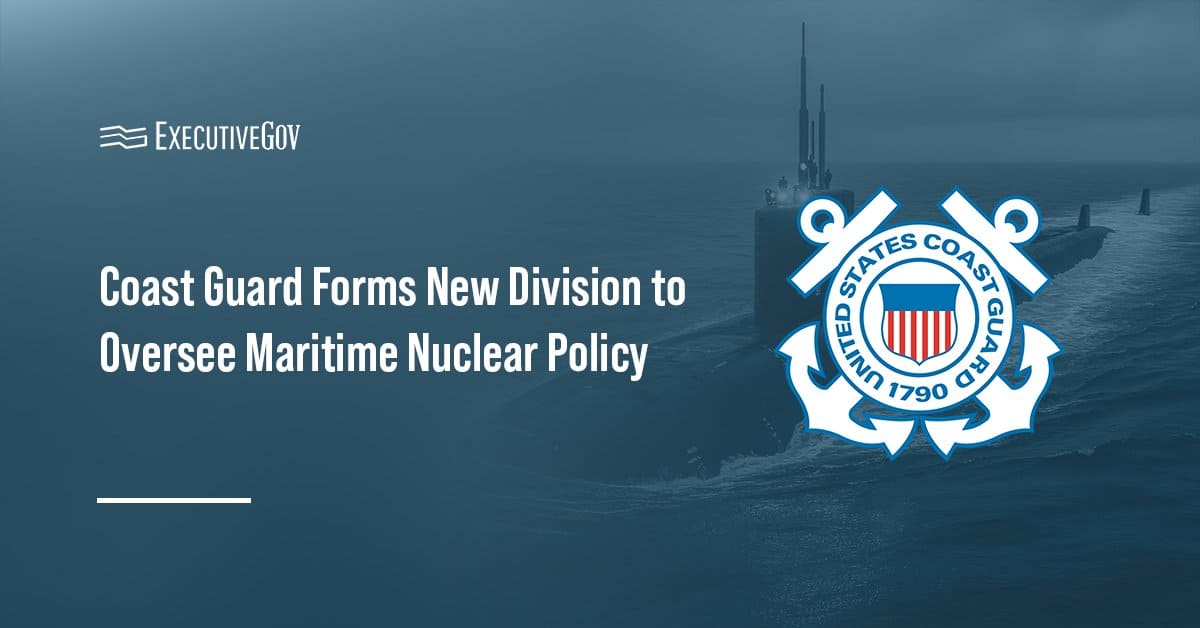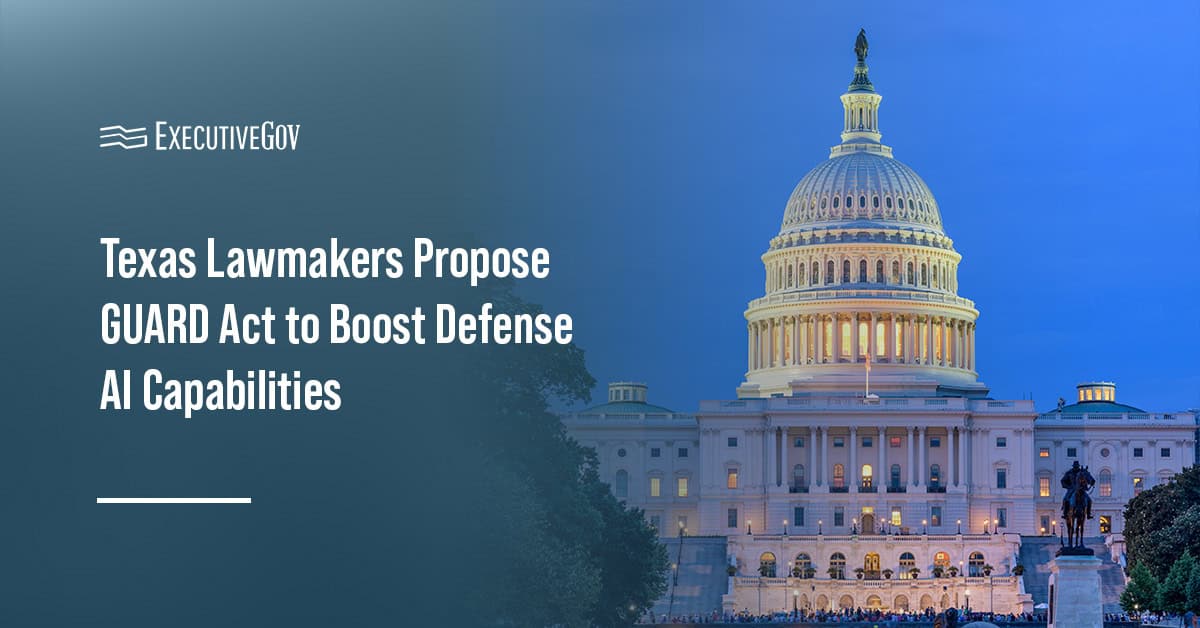President Donald Trump’s nominee to serve as assistant secretary of defense for Indo-Pacific security affairs told Congress that he will prioritize strengthening deterrence in the region if confirmed, but also divulged potential changes to defense deals with Taiwan and the United States’ present security arrangement with Australia and the United Kingdom, Breaking Defense reported Tuesday.
“[I]f confirmed, I will be the biggest advocate to my leadership in the department to making sure that we have all the resources we need to strengthen deterrence in the Indo-Pacific,” said John Noh, who currently serves as deputy assistant secretary of defense for East Asia, during a Senate Armed Services Committee hearing.
Table of Contents
Providing Arms to Taiwan
Sen. Roger Wicker, R-Miss., raised concerns that the Department of Defense may be taking back defense items procured with presidential drawdown authority, or PDA, for Taiwan. The Senate Armed Services Committee chairman asked Noh if it is good policy to not only return weapons authorized under PDA for Taiwan to the defense stock, but also require Taipei to pay for them.
The defense official said Taiwan should not only “do its part and to pay,” but also increase its defense spending to upwards of 10 percent of its gross domestic product, or GDP.
The island nation, which is facing existential threat from China, will spend 3.32 percent of its GDP on defense in 2027, but Taiwanese President Lai Ching-te said the goal was to allocate 5 percent for deterrence.
AUKUS Changes
Noh also confirmed that the DOD is reviewing the trilateral trilateral security partnership between Australia, the United Kingdom and the United States known as AUKUS. He did not share details about the review, but said the effort started in July and will wrap up in the coming months.
He added that there are “common sense” items that can be added to strengthen Pillar I of AUKUS and ensure that it is more sustainable.
One area under review, according to Noh, involves submarine production, which he pointed out needs to increase from 1.2 submarines a year to 2.33 annually to meet shipbuilding targets.





